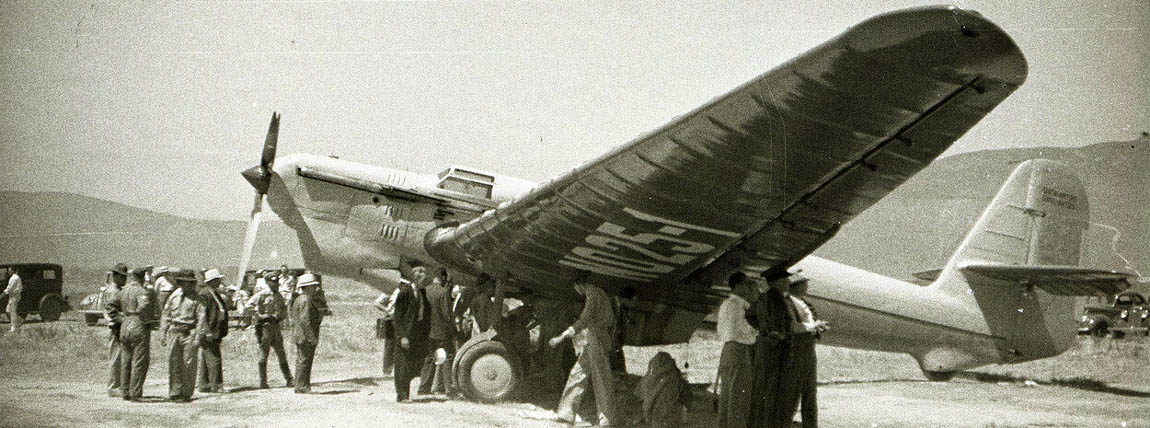
Aviation of World War II


 |
Aviation of World War II |


|
|
Soviet Union | Lend - Lease | Facts | Forum | Germany | Japan | R A F | U S A A F | Other | Photos |
|
|
OKA-38Liaison AircraftAntonov
In 1940, the USSR developed (designer O.K. Antonov) the OKA-38 communication aircraft, which was an almost exact copy of the Fi-156C. The aircraft was planned for use as a liaison and ambulance. The introduction of the aircraft into mass production was interrupted by the outbreak of war. The wing is two-spar, wooden with a strut made of teardrop-shaped steel pipes. The plumage is also braced, wooden, in plan it was somewhat different from the "Shtorch". The aircraft was equipped with an in-line 6-cylinder air-cooled engine MB-6 (instead of the 8-cylinder V-shaped inverted "Argus" on the "Storch"), which appeared in the late 30s as a licensed reproduction of the French engine Renault. Propeller - wooden monoblock fixed pitch. From the comparative table it can be seen that, other things being equal, the length of the run and run of the Soviet "Aist" increased three and two times, respectively. The probable reason is that the longer in-line engine did not allow the propeller to be positioned close to the wing surface and to provide optimal air flow conditions to create maximum lift. |
|
|
The data of the OKA-38 and Shtorkh aircraft are based on the results of tests at the Air Force Research Institute. 
After the war, taking into account the operating experience of the Shtorkh, the Yakovlev Design Bureau created the Yak-12. Several modifications of the aircraft were produced with different engines and the number of crew members (from 2 to 4). The table for comparison shows the data of the Soviet post-war "Aist" with a crew of 3 people and an engine power of 260 hp.
Bibliography
December 4, 2022.

ANT-25-1 crew of Gromov in America, July 14, 1937 July 11, 2020.
|
||||||||||||||||||||||||||||||||||||||||||||||||||||||||||||||||||||||||||||||||||||||||||||||